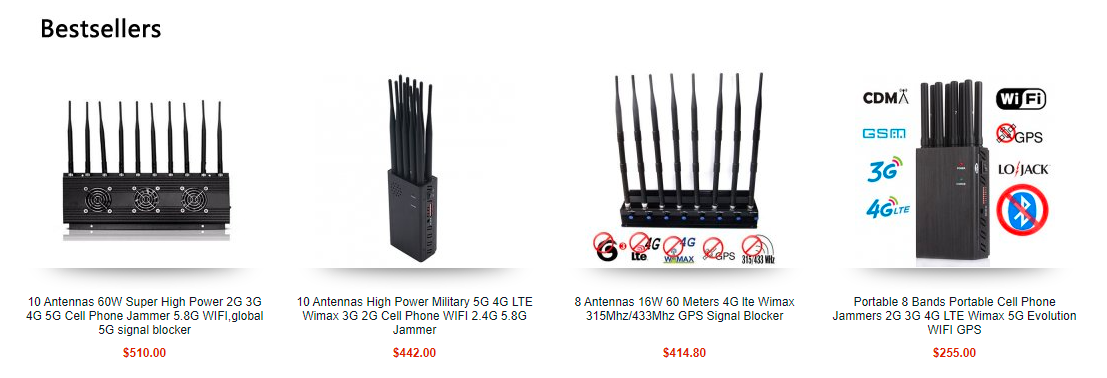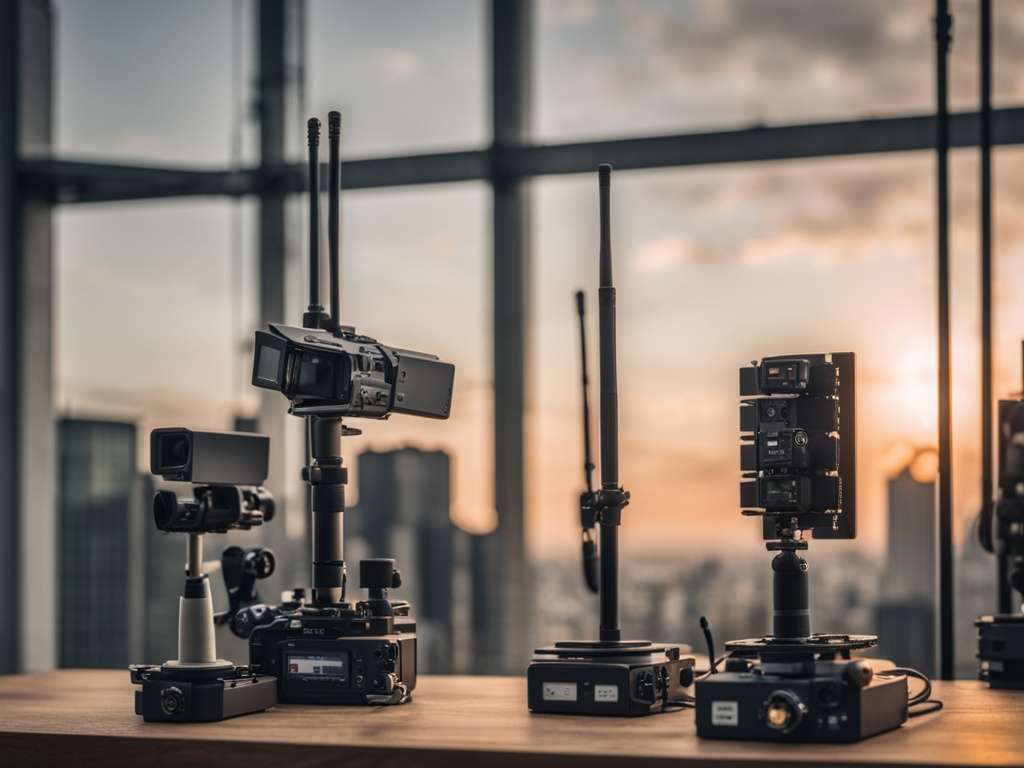What is a "Vhf Walkie Talkie"? The Most Authoritative Explanation.
What is the difference between UHF and VHF walkie talkies?
Very High Frequency (VHF) operates at a frequency range of 136-174 MHz. Unlike UHF, VHF has longer radio waves that can cover vast distances at a lower power. But, VHF walkie-talkies work best when there are fewer obstructions outdoors.What is a VHF walkie-talkie?
Radios with a very high frequency range between 136 and 174 MHz A VHF walkie-talkie has the advantage that it can travel further while using less power since VHF wavelengths are longer and stay nearer to the ground. The lower portion of the radio spectrum is occupied by Very High Frequency transmissions.What are the different frequencies used in walkie talkies?
Walkie-Talkie Frequencies 1 Very High Frequency (VHF): 136 to 174 MHz. This frequency offers the greatest long-distance range of operation but won’t work so well in situations where there are obstructions such as ... 2 Ultra High Frequency (UHF): 403 to 470 MHz. ... 3 700 MHz. ... 4 900 MHz. ...What is a walkie talkie?
Here we go…. Short answer – Walkie-talkies are rugged short range (about 18miles) battery-powered transceivers that don’t require you to dial a number any time you want to transmit a message. In other words, they can send and receive radio messages without the need for a cell tower.Related Articles
What is the radio frequency band?what is lojack jammer?
What is a UHF VHF Jammer?
How to make a radio frequency jammer?













